See what New Brunswick life was like around 1940, in the digitized work of a film pioneer
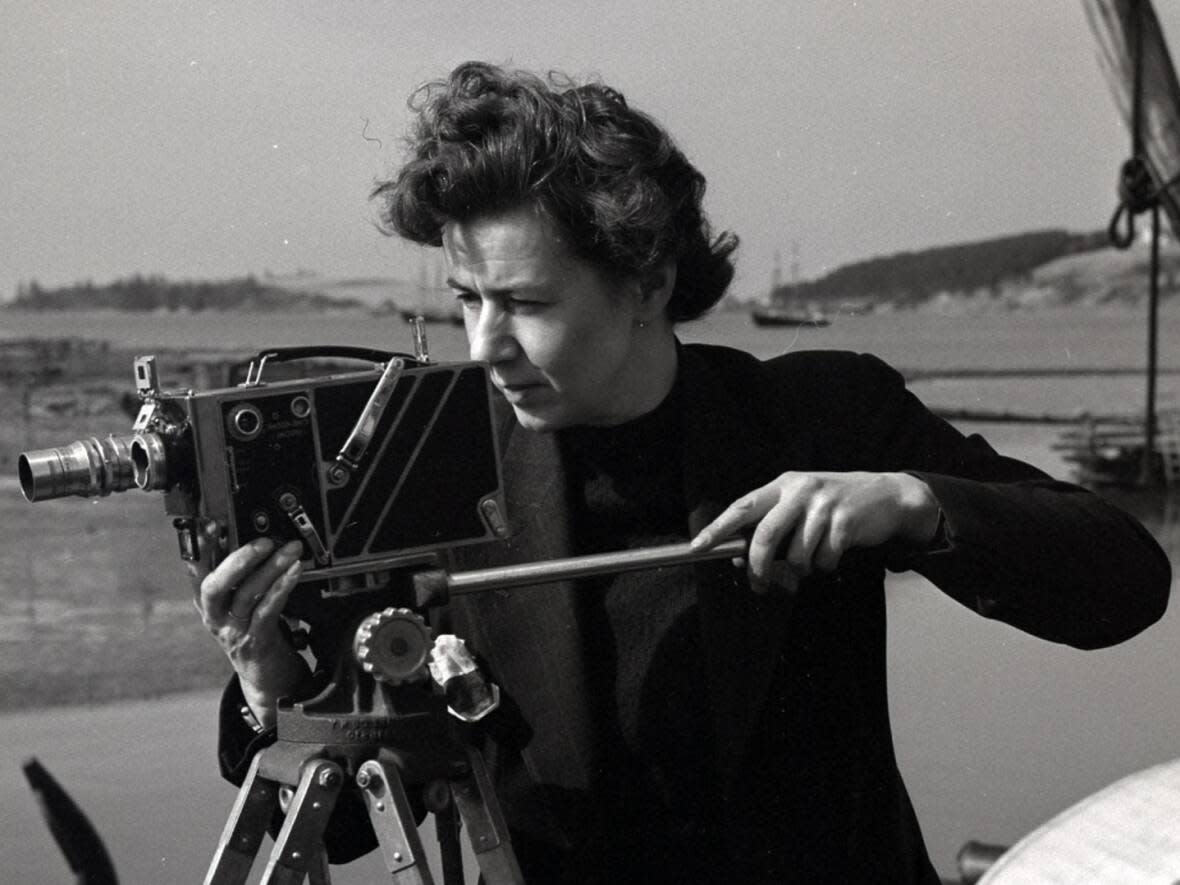
An associate professor of film and media studies at Saint Mary's University is putting the spotlight on a trailblazing documentarian from New Brunswick.
Margaret Perry, who was born in Charlotte County in 1905, wet her feet in filmmaking in her home province, before becoming one of the first female camera operators for the National Film Board of Canada and founding a one-woman provincial film bureau in Nova Scotia.
"She's the unsung and most prolific pioneer of documentary in Atlantic Canada," said Jennifer VanderBurgh, an instructor of film, television, media and cultural memory in the Saint Mary's department of English and literature.
"She's an amazing, amazing character and just was so interested in everything," said VanderBurgh, who is working on a book about Perry's films, career, and development as an artist.
Perry had already been keenly interested in photography for several years before making her first foray into film, said VanderBurgh.
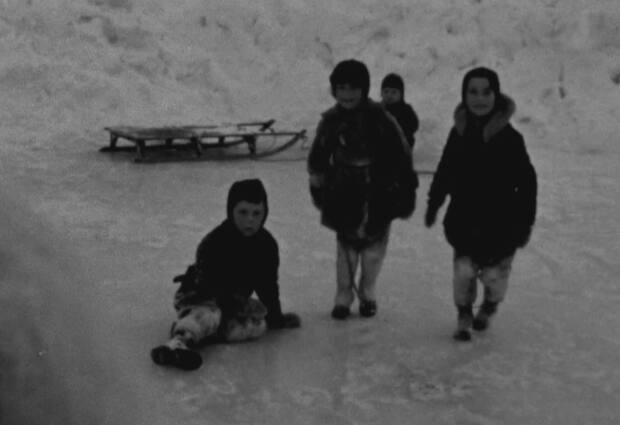
Photography was how she tried to support herself after her husband, former University of New Brunswick geology department head Stanley Perry, died in a motor vehicle accident in 1936, leaving her pregnant and with a new baby.
She turned her parents' bathroom into a dark room, entered photo contests and wrote little stories about her pictures to make money, said VanderBurgh, who was given access by Perry's family to some of her personal journals and early films.
Three undated collections of her films— Early Bathurst Activities, N.B. Christmas Trees and Smelt Fishing on the Miramichi —were recently digitized and will soon join Perry's other works on the Nova Scotia Archives website.
They were screened in February in an online event through the Charlotte County Archives.
WATCH | See highlights of Margaret Perry's early filmmaking in New Brunswick:
Perry was born in Upper Mills, in the extreme southwest of New Brunswick near St. Stephen. As her father was a minister, the family moved around a bit. His postings included Newcastle, Hartland, Saint John, Summerside, P.E.I, Sussex, Fairville, Marysville and Bathurst.
One film, Early Bathurst Activities, features winter scenes of "kids messing around" and people skiing, dancing, curling and playing cards.
It's a good example of how Perry captured "moments of the every day," said VanderBurgh, "that other people weren't documenting or taking seriously."
"This is something she really kept on through her career," she said, "inadvertently creating … this incredible archive of everyday life in Atlantic Canada."

VanderBurgh believes the Christmas tree film dates from Perry's time in Millerton. It shows men in the woods harvesting Christmas trees, trimming them, wrapping them and shipping them out by boat and rail.
The smelt fishing film shows ice shanties in the Miramichi Bay area, fishers preparing long holes in the ice and hauling up full nets and piles of fish flopping around and being taken in baskets and barrels by horse-drawn sledge to a large warehouse for sorting and packaging.
'This incredible record'
Perry loved the outdoors, said VanderBurgh, and was fascinated by how things work.
"So many of the things that she documented have disappeared. So, she's provided this incredible record for us looking back on these films today."
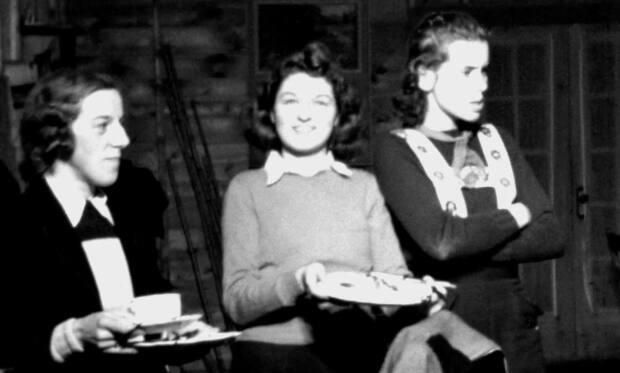
As a newcomer to the Maritimes, VanderBurgh said, Perry's films taught her a great deal about the history of the region.
She made dozens for Nova Scotia on farming, fishing, forestry, craftsmanship, culture, nature and tourist attractions.
For too long, people dismissed Perry's work as "boring government films," said VanderBurgh.
She hopes to "reframe" it as art — made by "a really important film auteur."
Growing up, Perry "would have seen a few films as they came through town," and her journals indicate she sent away for magazines about photography, but she mainly learned by doing, said VanderBurgh.
She reflected on her work and how she might tweak it as she developed her photographic eye.
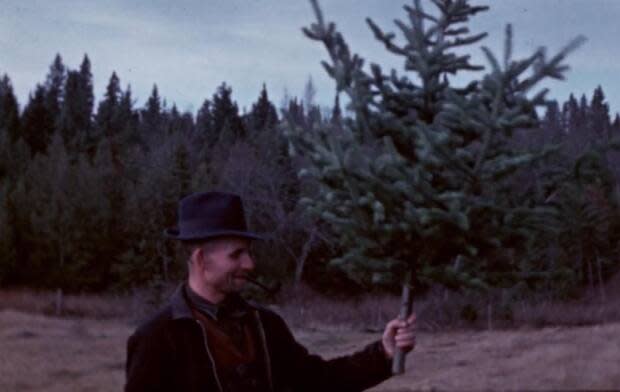
The style of her first films seems to emulate earlier National Film Board productions, she said.
Perry's MP in New Brunswick took note of her budding talent and put in a word for her with the head of the NFB, John Grierson.
Her first job for the board was actually as a "rural route projectionist."
Pioneering role with NFB
Films would be delivered to her, said VanderBurgh, and she'd go around New Brunswick showing them in community calls, classrooms and church basements and leading discussions on them.
Then, in 1942, she got a job in Ottawa as one of the board's first two female cinematographers and its only employee from Atlantic Canada.
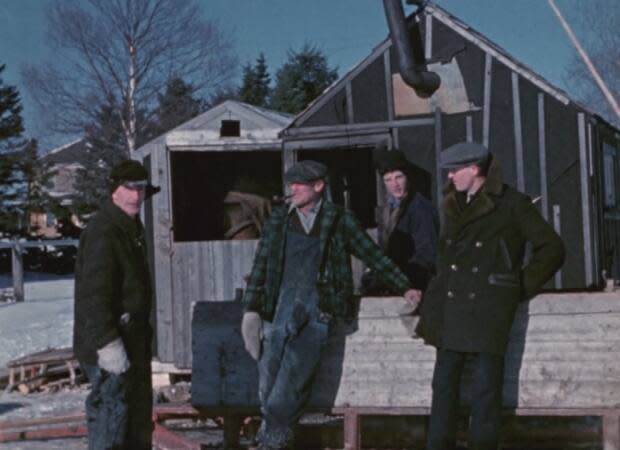
It was "super unusual," said VanderBurgh.
The board had just acquired a bunch of footage from Grand Manan, said VanderBurgh, and that was Perry's first project for them.
She worked for the board for a few years before being hired by the Nova Scotia government in 1945.
Her work there has been well preserved and migrated to new media, said VanderBurgh.
She hopes the public will be able to see it "forever" and appreciate its worth.
Her book about Perry is due out next year from Concordia University Press.


